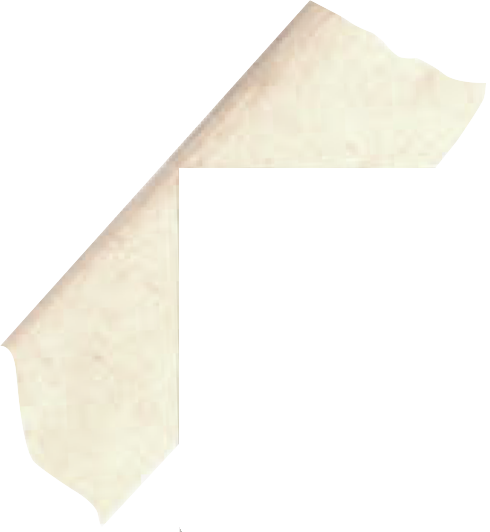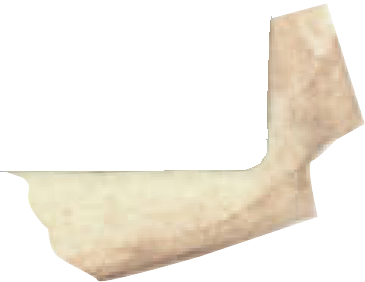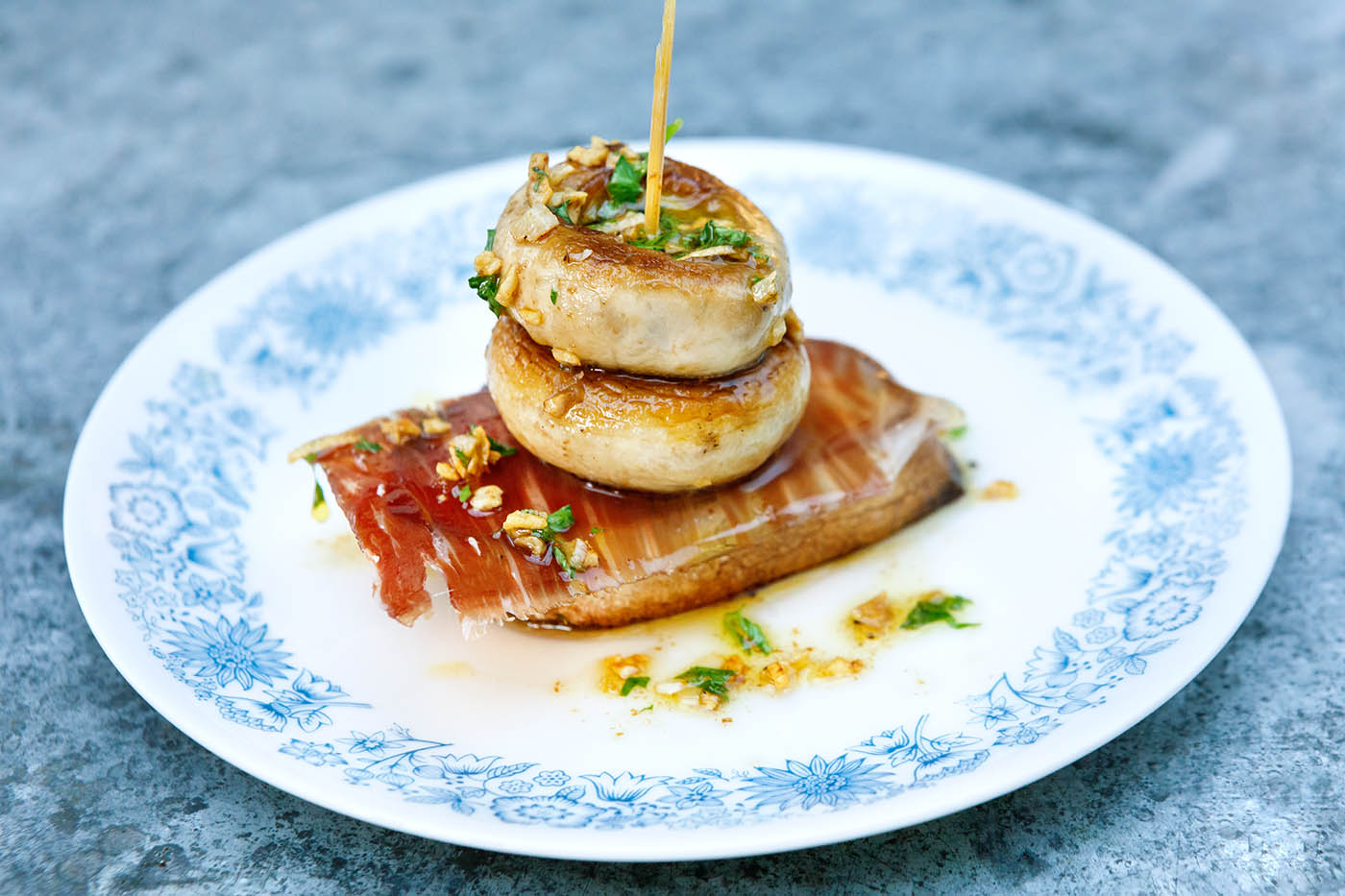- BBQ
- Light Up the BBQ
- Food
- Drink
- Hampers and Gifts
- Kitchenware
- Recipes
- BOCADILLO RECIPES
- Wholesale
- Offers




Often referred to as Txuleta (Chuleta in Spanish) or Txuleton, these enormous rib steaks, hence the ‘…on’ at the end, have become a popular feature in many restaurant menus across the whole of Spain. Yet the birthplace of the txuleton steak is in the heart of the Basque region, in a small village called Astigarraga, just outside San Sebastian, where all the top sagardotegiak (cider houses) in the region have their base. The tradition was for Basque farmers to exchange beef for cider at the famous cider house tastings which were carried out every year around this small village. These cider tasting sessions used to involve the cider maker tasting lots of cider with wholesalers, restaurants, farmers, private individuals and gastronomic clubs, who would turn up and sample the various kupelas (wooden barrels) of cider and choose the one that they felt was in the best condition to be purchased. As cider tastings became more popular within the region, locals would bring their own food, transforming these tastings into more of a social gathering, where some of the beef exchanged would be cooked over charcoal, giving birth to the txuleton steak and the origin of the txotx season. The txotx season (pronounced ‘choch’) is nowadays a ritual that has become a popular gastronomic event in Basque society. A custom that is carried out following the first contact with the cider inside the kupela; that usually happens on the Friday before 20th January, San Sebastian’s day and goes on until the end of May. Nowadays, cider houses have improved on their facilities and are now prepared to cater for all visitors, serving a traditional cider house menu during the whole of the txotx season. The traditional cider menu has been fixed since the 1960s and includes two of the most important products in Basque cuisine: bacalao (salt cod) and the txuleton steak. The menu starts with a salt cod omelette followed by a classic dish also made from salt cod, such as bacalao pil pil, bacalao with peppers or bacalao in salsa verde. After that, the star of the show, the txuleton steak, cut to order, cooked over charcoal and served with a portion of chips and green salad. These huge steaks tend to be shared. For dessert, a cured Basque cheese such as Idiazabal, made from raw ewes milk is normally served accompanied by quince jelly and locally grown walnuts. Basques believe the best way to drink cider is by “breaking” it; that is, allowing gravity to send it crashing into the side of the glass, momentarily aerating it. You are only meant to fill two fingers worth of cider in your glass. The aromas of the cider open up, and you drink it while it is still lively and frothy on the surface. Any left overs are normally discarded, but that’s up to you. In the most traditional cider houses, each guest receives a cider glass and at various intervals a txotx is called. At that point, everyone who wishes to drink more cider gets up and heads to the cider barrels. The large barrels, which are stored horizontally, have a small tap in the lid at about head-height. This is opened by the cider maker or the first guest to reach the barrel and a thin stream of cider exits, which the guests catch with their glasses as low down as possible to aerate the cider. People then return to their tables to continue with their meal and cider until the next txotx is called. During a cider menu tasting, guests can drink as much cider as they want. The traditional Basque cider glass is a thin, wide tumbler specially designed so you can easily catch the cider and break it properly. Although they do say, that the glass is wide because Basque people have big noses, so that way, they can fit their nose in the glass and get to smell the cider properly. So, where does the best txuleton come from? What type of beef is it? Why it is served so big? These questions are key in order to understand, be able to select and prepare the ultimate cider house steak. It is widely known in Spain that the highest quality beef comes from the region of Galicia, Valle de Elsa and the region Leon in the Northwest of Spain. Galician beef tends to come from old cows between 8 and 15 years old. This type of ageing allows for more natural grass-fed marbling of the meat, so that it’s comparable to the marbling of genetically optimised grain-fed US, Japanese and generic Wagyu beef. These older cows are chubbier animals, have a higher fat content and as such more marbling, giving these steaks a distinct and unique flavour. Rubia Gallega (Galician Blonde) is probably the most widely known Galician cattle breed. The name comes from the colour of the animal’s coat. Galician blonde has excellent maternal qualities and a good ratio of meat leverage. Dry-ageing is another topic that has become quite influential when serving the ultimate steak. Between 10 and 12 day maturing is enough to serve a decent steak. In this country, the sentence: ‘matured for 28 or 30 days’ is the usual ringtone but try 100 days… This type of marathonian dry-ageing is becoming quite popular by some chefs like Jean Marie Le Bourdonnec, a Breton obsessed with serving the best possible beef. Bourdonnec’s process sees the beef mature classically for 20 days to tenderise before moving it to a second cycle where the beef is treated with melted fat infused in herbs and then wrapped in a cloth which has previously been dipped in fine Scotch…oh yea. The wrapping and dipping in whisky is repeated every 10 days. After 100 days and once the dry and oxidised outer layer has been removed, the beef loses 60% of its weight, as all unnecessary water which was retained within the muscle fibres has been removed. Cooking on charcoal is one thing, everyone can spark a ‘barbie’ and bang a few steaks out but cooking on charcoal well is another thing. If not, ask Victor Arguinzoniz from Asador Etxebarri, who has specialised in charcoal cooking for a number of years and has lifted his small laid back restaurant outside Bilbao to International recognition, ranking number 13 in the world for his smoke-kissed, ultra-fresh ingredients menu concept. Regarded as the founding father of creative European barbecue, Victor prefers to cook his famous Galician steaks on charcoal made from grape vines, as the aromas that coat the beef are far more intense. At home, I would recommend making the charcoal from good quality widely available wood such as oak. Don’t use readymade charcoal from supermarkets; you don’t know what has actually gone into that charcoal. Making your own charcoal gives the sense of ownership and control over how you flavour your food. I like to burn herbs like rosemary and thyme over the charcoal just before I place the steak to cook. The herby smoke flavours the beef and provides a nice touch. Cooking times are also crucial when cooking txuleton steak. The thickness tends to be between 6 and 10cm (2 and 4 inches) which means each side of the steak needs to be cooked for longer than normal. The meat is always served rare because of the higher amount of fat vs meat ratio. If the steak is cooked for too long, the fat will contract and toughen the steak. It is also key to serve the steak thinly sliced on a hot plate. The plate will keep the beef warm so the fat doesn’t go cold and once again contract. Txuleton is classically served with a green salad with spring onions and cider dressing, chips and roasted red peppers. Here is our Galician Rib Steak recipe for you to try!


Sign up to receive your discount code to use straight away today!
*This offer is only available to new customers who have not made a purchase from Basco before. The discount code can only be used once per customer. This offer is not available in conjunction with any other offer, promotion or discount. Please note that we cannot refund the 10% discount if you forget to use it on your first order, you can always use it on your second!

